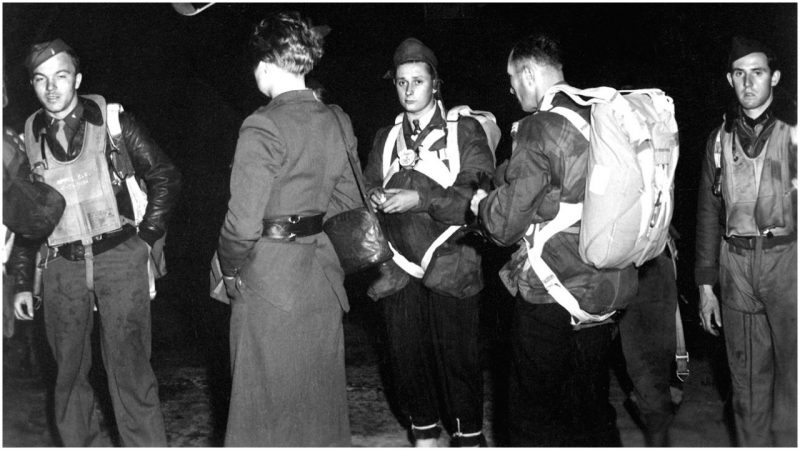D-Day was the most spectacular amphibious landing in history, and the campaign that followed was mostly remembered for direct fighting between Allied and Axis forces.
But behind the German lines, covert operatives played a critical role in keeping German forces from the fight. One of the most spectacularly successful examples was the delaying of Das Reich.
Das Reich
The 2nd SS Panzer Division Das Reich was one of the most formidable formations in the German Army. Commanded by General Heinz Bernard Lammerding, it had over 200 tanks and assault guns, representing a tenth of Germany’s armored strength in Western Europe.
Lammerding was a brutal and highly successful commander. His men took after him, drawing inspiration from his example and his two Iron Crosses.
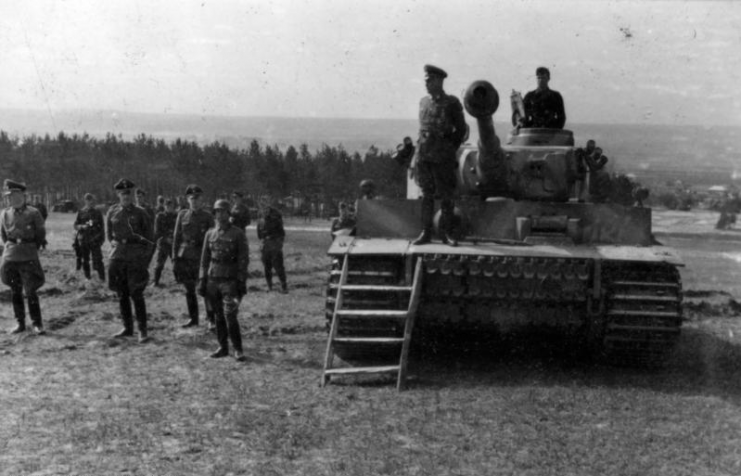
At the start of June 1944, Das Reich was stationed near Toulouse, ready to counter an Allied invasion in either the north or the south of France. Moving them into position would take a fleet of railway flatcars, which were waiting and ready.
The Jedburghs
In the buildup to D-Day, the Allies created a hundred covert military teams, called Jedburghs. Each consisted of three officers: one British, one French, and one American. Specially trained in the arts of sabotage and ambush, they parachuted into France, ready to link up with the Resistance and pave the way for conventional forces.
Ruining the Railway Cars
Other Allied saboteurs were already in France. Among them was the Pimento circuit, a French group led by twenty-one-year-old British operative Tony Brooks. Based near Toulouse, they had been watching the activities of Das Reich.
Brooks had a plan.
On the night of June 5, Brooks received word that the invasion was coming the next day. Hidden by the darkness, he and his operatives approached Das Reich’s flatcars, siphoned off their axle oil, and replaced it with grease containing carborundum, a powerful abrasive.
The moment anyone tried to use the machines, their inner workings would be destroyed, making them useless.
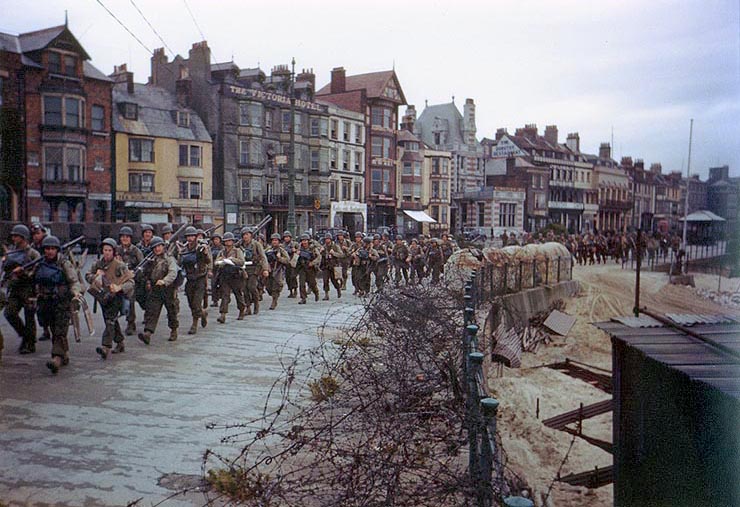
The Panzers Are Coming!
On the morning of June 6, the Allies landed in Normandy. Word soon reached Lammerding to head north.
But when he went to put his vehicles onto transports, he found that they had been crippled. With every tank transport in the region out of action, Das Reich would have to head for the fighting by road. Not only would this delay their arrival, but it would inflict wear and tear on both roads and vehicles.
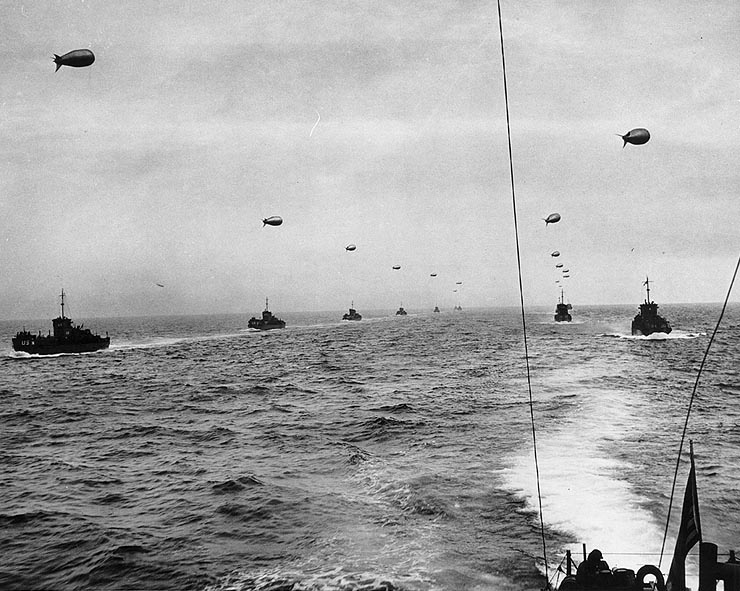
Failed Attack
As Das Reich drove north, Resistance fighters and Allied agents assembled to stop them.
First into action was a Resistance group. Against the advice of a local Jedburgh operative, they launched a swift frontal attack on Das Reich at the village of Bretenoux.
The attack was a failure. Eighteen Resistance fighters were killed by the elite German soldiers. The armored column kept rolling north.
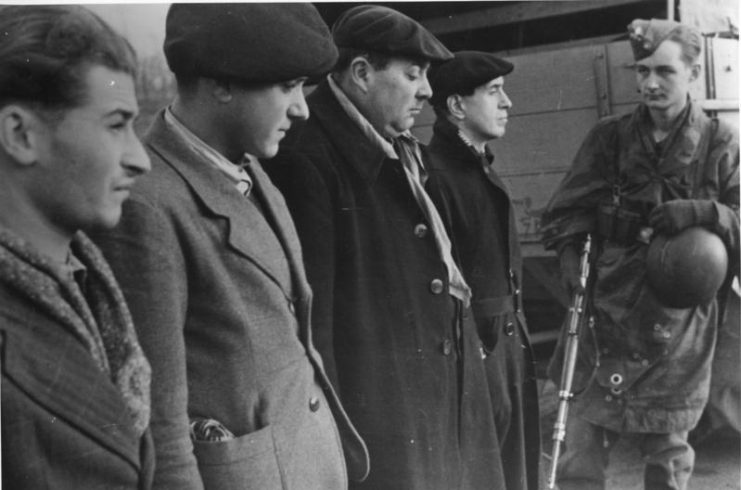
First Ambush
The man who had advised against the attack was Tommy Macpherson, a tough Scottish soldier. He knew that what was needed was a less direct approach, using ambushes to counter the superior German numbers. He had been preparing for just such a move.
Watching the Germans at night, Macpherson saw that they rested in three separate groups. He decided to strike in the gaps between them, to cause maximum chaos.
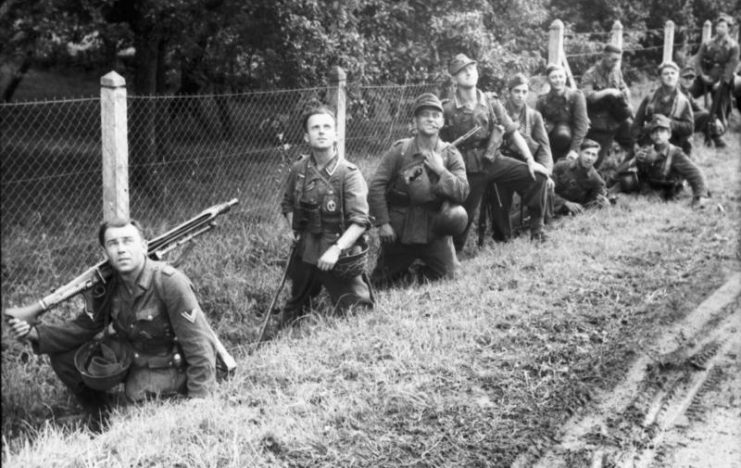
When the Germans got moving the next morning, they found felled trees blocking their way. The trees proved too heavy to be moved by men or light vehicles, so there was several hours delay while a heavy vehicle maneuvered up through the column ready to clear the road.
Just as the road was finally cleared and the men started returning to their vehicles, one of Macpherson’s men opened fire with a machine gun from a hiding place in the woods. More chaos and delays ensued, as the Germans tried to identify their unseen opponent.
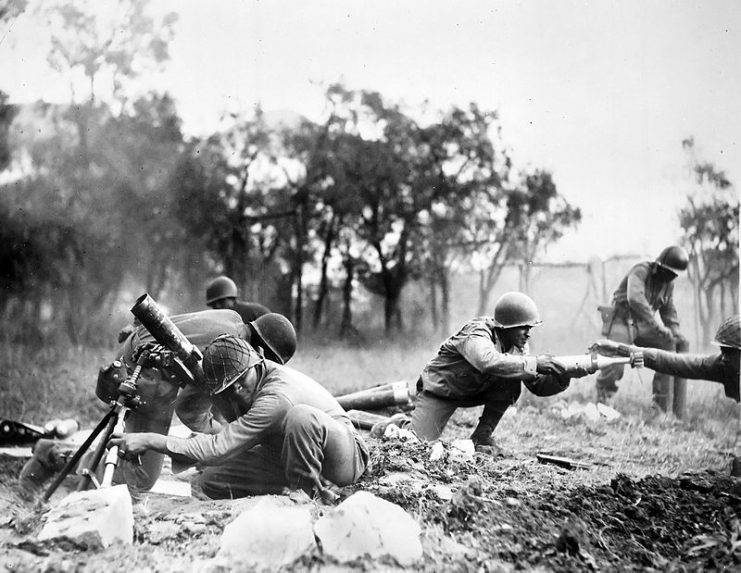
Piling on the Pressure
A few miles later, the Germans found two more felled trees blocking their path. There was a long delay as men stayed in their vehicles while soldiers swept the woods for machine-gun-wielding enemies.
Finally content that they were safe, they brought up a heavy support vehicle to push the trees off the road. As it did so, it hit a hidden anti-tank mine which wrecked the vehicle and made the road impassable.
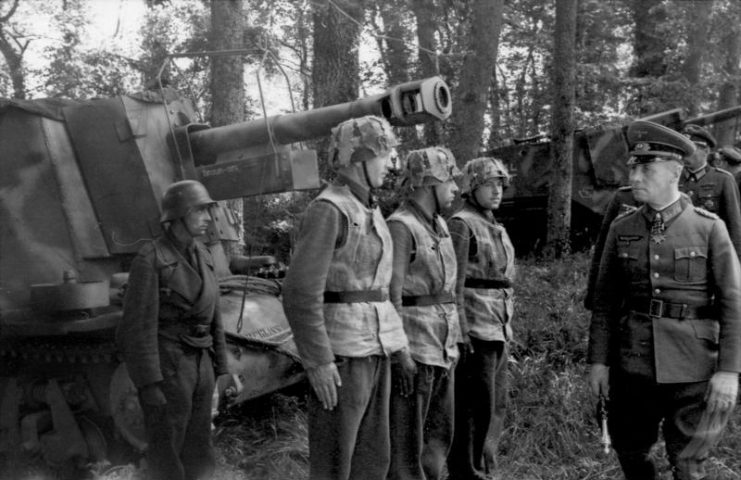
The attacks continued as the column progressed north. Felled trees, booby traps, blown bridges, hidden enemies who opened fire and then disappeared into the countryside–the obstacles seemed endless.
To make things worse, driving on tarmac was ruining the vehicles. 60% of the division’s tanks broke down, along with 30% of its transports. Days of repairs were needed and ruined railway lines would stop them from getting spare parts.
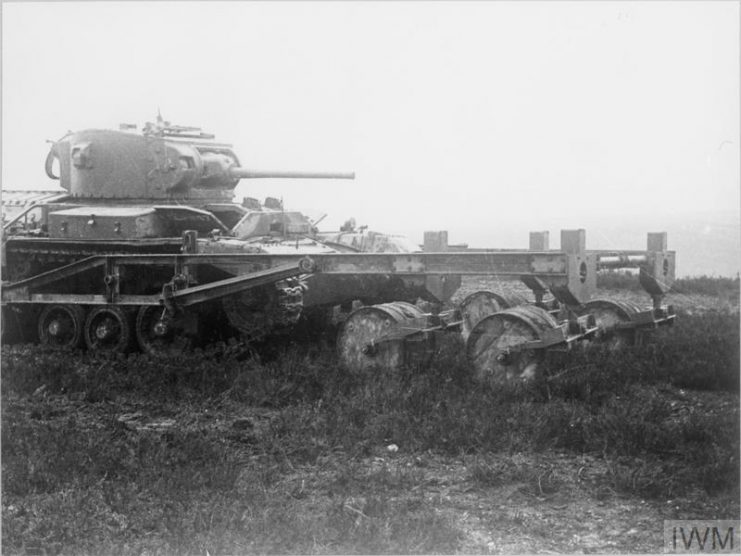
Passing on the Torch
At the town of Tulle, Das Reich passed beyond the territory covered by Tommy Macpherson’s Jedburgh team, but that didn’t mean that they were in the clear. Macpherson’s work passed on to the next group of saboteurs, who kept up the work of obstructing Das Reich’s progress.
This group managed an even greater coup than Macpherson had. They kidnapped Major Helmut Kampfe, one of Lannerding’s senior officers. Kampfe was never seen again, and Das Reich was now down a commander as well as dozens of tanks.
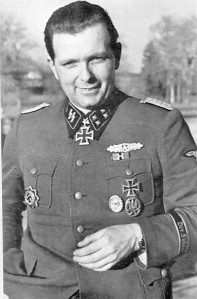
In revenge, Lammerding reverted to the barbarism he had shown at other times in the war, murdering 624 of the inhabitants of Oradour. It was an act of pointless cruelty that brought him no closer to his goal.
Read another story from us: Das Reich General Who Saved an Army from the brutal hands of the Soviets
Protecting the Bridgehead
At last, Das Reich reached the war zone. A journey that should have taken less than three days instead lasted seventeen, and even then many stragglers were still not at the fighting front. It was too late to prevent the Allies forming a bridgehead in Normandy.
The sabotage operations had kept a vital German formation out of action for two weeks, helping to ensure the success of D-Day.
